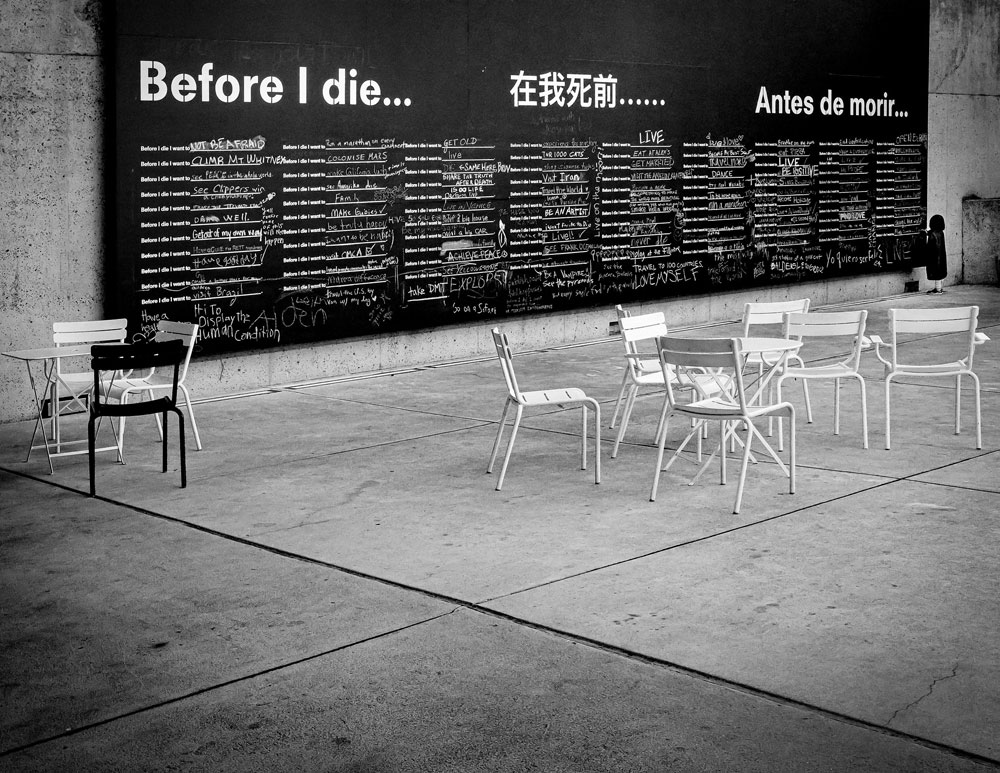
November 17, 2020; New York Times
Because of the rapid rise of COVID cases in every state, renewed government orders setting higher levels of restriction have led the museum sector in the US to shutter once again, with many planning to reopen next year.
Thus, this survey from the American Alliance of Museums (AAM), fielded from October 15–28, 2020, is already a little out of date, as it was conducted just before this last round of shutdowns. What it shows, however, is a sector that’s been rocked to its roots. Almost all—98 percent—shut down in March, with most opening back up over the last few months with distancing in place. The survey indicates this has resulted in an anticipated 35 percent reduction of operating income in 2020 and a projected loss of 28 percent in 2021. The demographics of visitors have narrowed in many cases to younger and more local patrons, and attendance is at a little more than a third of pre-COVID expectations.
As of the survey date, 30 percent of the respondents’ institutions remained closed to the public, and the large majority of those either had no date for reopening or did not plan to reopen until 2021. When the respondents were asked if their institution was likely to close permanently in the next 12 months without an infusion of money, 12 percent answered in the affirmative while 17 percent said they weren’t sure. While many museums have created digital experiences to help retain engagement and keep some money flowing into their operations, the survey indicates virtual fundraising events are raising only 34 percent of previous goals for in-person events.
In terms of staff layoffs and furloughs, the survey shows that while 53 percent of museums had furloughed or laid off staff during the pandemic, 28 percent were currently furloughed or laid off, with the majority of those being in guest services or public-facing positions.
Sign up for our free newsletters
Subscribe to NPQ's newsletters to have our top stories delivered directly to your inbox.
By signing up, you agree to our privacy policy and terms of use, and to receive messages from NPQ and our partners.
“The financial state of US museums is moving from bad to worse,” Laura Lott, the president and CEO of the American Alliance of Museums, said in a statement where she warned that thousands of museums were at risk of disappearing. “Those that did safely serve their communities this summer do not have enough revenue to offset higher costs, especially during a potential winter lockdown.”
Bad to worse is right, as the last few days have suggested. One museum that has already been forced to delay its reopening is the Oakland Museum of California. The museum is in Alameda County, which is in California’s most-restrictive “purple” tier for reopening. It had planned and announced it would reopen on November 27th, but purple status bars indoor museums from opening to the public. It has already been closed for eight months.
Likewise, after Governor Jay Inslee imposed new restrictions on the state of Washington, the Tacoma Art Museum closed again yesterday, with plans to reopen after the New Year. In Illinois, Governor J.B. Pritzker has ordered that as of 12:01 a.m. Friday, all indoor museums must close, and Chicago’s major museums have all complied.
AAM’s survey is enormously informative. It sets a baseline on the organizations that are now set to go through another serious setback, but it also works well for advocates who must work under difficult and immediate circumstances to get a government commitment to this hard-hit sector.—Ruth McCambridge













